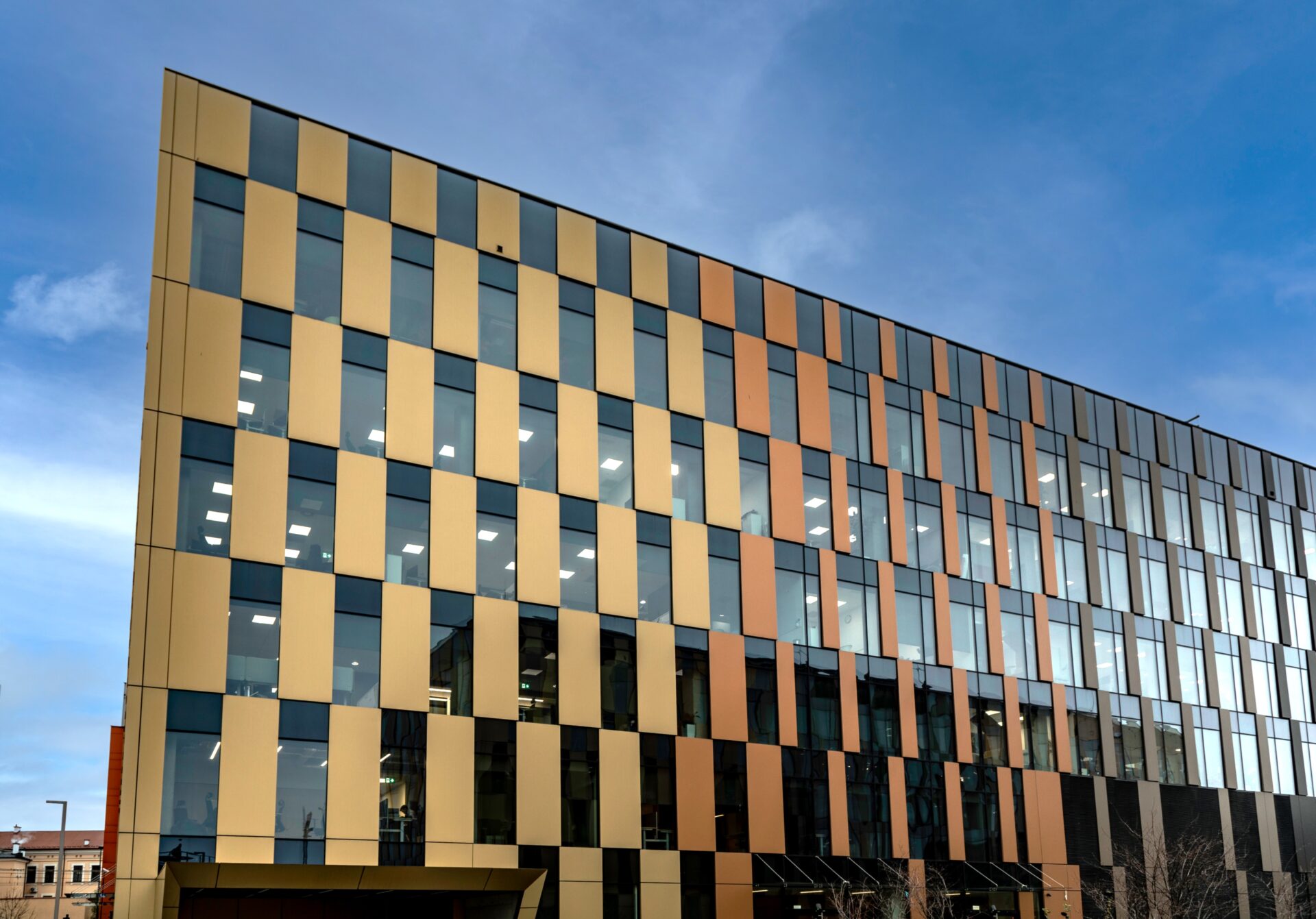A year marked by pandemic, tension and uncertainty is coming to an end. Virtually all sectors of the economy have been affected by the arrival of Covid-19 and the resulting introduction of restrictions. However, as shown by the real estate market data, there are segments which remain immune to the economic turmoil. During the pandemic, premium projects are enjoying increasing interest on the part of the investors as they provide a safe haven for capital.
The demand for luxury properties is not growing weaker. The ones located in most attractive districts, with top-quality finishing and modern amenities, continue to draw investors’ attention. Luxury apartments in revitalized residences constitute a separate segment, whose value is additionally increased by their limited availability, uniqueness, and historical authenticity.
“Unlike the popular apartment segment, the supply of luxury properties is very limited. Such projects involve high capital expenditure and require a prestigious location in most attractive parts of the city. This raises their price, enables them to retain their value, and virtually always brings profit in the long run. These are not products susceptible to market fluctuations or speculative growth. Prices in the premium segment rise slowly, but on the other hand, there is no risk of drops during crises. From the investors’ perspective, this positions them as a safe haven for capital in hard times,” says Jeroen van der Toolen, Managing Director CEE, Ghelamco.
Rising demand, limited supply
The lockdown and the general uncertainty among investors resulted in weaker sales on the residential property market in the second quarter of this year. Despite a lower number of transactions made, prices in the premium sector increased on average by 9 percent compared to the same period last year. In the age of rising inflation and very low-interest rates, investors are looking for assets which have the potential of retaining value and real profits in the long term. As shown by JLL data, the last decade saw continuous growth of value on Warsaw’s luxury property market. Since the last crisis, it has fluctuated at an average level of over 6 percent, and sometimes even up to 10 percent annually. The pandemic has also redefined buyers’ residential needs.
Ghelamco’s Sales Department indicates that the properties ready for occupation and with bigger living areas are currently enjoying enormous interest. One result of the lockdown is that buyers are particularly willing to buy apartments which provide access to terraces, gardens and additional amenities such as private gyms or saunas, access to which is currently limited due to epidemiological restrictions. Luxury also means the lifestyle that the given property can offer to its owner.
Investment immune to the crisis
Foksal 13/15 residences are an example of a property in which case the economic slowdown has not diminished customer interest. The chances for joining the group of residents of this exclusive address grow smaller each month. Despite the pandemic, the number of available apartments is decreasing and the reservations, in most cases, lead to a sales transaction. In the third quarter, the developer reported an increase in telephone queries and comebacks of customers who in previous months had contacted the Foksal 13/15 Sales Office.
“The value of apartments in the residences we have revitalized lies not only in the solutions embedded in the historical fabric. The customers appreciate the unique, low-profile character of the property. The two buildings include only 55 apartments. Unlike skyscrapers, boutique projects in revitalised residences provide residents with a sense of intimacy,” says Piotr Łukasik, Head of Residential Department, Ghelamco Poland. “The number of modern apartment buildings will continue to rise, whereas historical residences adjusted to highest standards, particularly in Warsaw, will still be in short supply,” he adds.
Potential in luxury
The luxury property market in large agglomerations is very flexibly reacting to the crisis. Although the economy is slowing down, as analyses show, the value of the sector continues to rise. Even if there is a pullback on the residential market, the premium property segment will be immune to it. Both the apartments and commercial spaces within luxury residences have the potential to rise in value over time.
“In uncertain times, premises within revitalised residences, especially luxury ones, are the best investment. Their unique character and limited supply are their greatest assets, which improve their attractiveness. Historical residences are like wine – the older they get, the more valuable they become. Such a luxury product is something extraordinary, which stands out with its character from among thousands of other properties. Such investment provides the future owner with a safe haven for their capital as well as with top living standards,” says Grzegorz Wysok, luxury property market expert and licensed real estate agent, Partners International.







